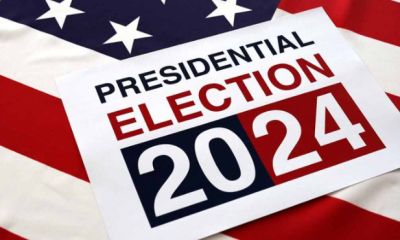In 2018, President Donald Trump appeared to have accomplished an impossible feat when he issued an executive order banning bump stocks. The proposal for gun regulation has the backing of both the National Rifle Association (NRA) and liberals. But soon after, a number of legal challenges were brought before the Supreme Court, with one of them currently pending. Surprisingly, this case doesn’t hinge on the Second Amendment’s prohibition on infringing the right to keep and bear arms.
Massacre Prompted Ban
The country was startled by the horrific shooting at a Las Vegas music festival on October 1, 2017. It was the deadliest mass shooting in recent US history, leaving 867 people injured and 60 dead. Following the revelation that the assailant, Stephen Paddock, had carried out his attack with guns fitted with bump stocks, there was a great deal of pressure to outlaw the contentious attachment. In December of that year, the DOJ reinterpreted a 1934 law and declared that bump stocks are truly prohibited machineguns. In March of 2018, then-President Donald Trump gave the Justice Department an order to ban the stocks.
What Are Bump Stocks?
An aftermarket device known as a bump stock takes the place of the stock and pistol grip of a semi-automatic rifle. The primary distinction is that the rifle’s action ejects the discharged case and feeds a new cartridge into the chamber simultaneously with the recoil pushing the weapon back into the bump stock. A spring within the bump stock then forces the rifle forward once more. The rifle’s mounted trigger presses up on the shooter’s finger, causing the gun to fire continuously until the shooter moves their finger out of the way. It isn’t technically an automatic weapon, but it’s a crude simulation of one.
The Controversial ATF Definition
According to the 1934 National Firearms Act (NFA), the Bureau of Alcohol, Tobacco and Firearms (ATF) declared on multiple occasions between 2008 and 2018 that a bump stock was not a machine gun. But in response to Trump’s demand for a ban, the ATF and Justice Department reinterpreted the NFA and determined that bump stocks are actually machineguns since they were all produced after 1986, which renders them unlawful under the 1986 Firearm Owners Protection Act. These days, possessing one carries a maximum 10-year prison sentence.
At least eight legal challenges were lodged in the wake of the prohibition. Garland v. Cargill will now be heard by the Supreme Court, which declined to hear one of them in 2022. Michael Cargill, the owner of a gun store in Texas, filed this lawsuit, claiming the ATF lacked the jurisdiction to reinterpret the NFA.
Judge Brett Kavanaugh has already made it clear that the case challenges the restriction without really citing the Second Amendment. The issue essentially boils down to a highly technical discussion about what constitutes “a single function of the trigger,” which Cargill claims should be decided by Congress rather than the ATF. The Supreme Court heard oral arguments in his case on February 28 and is expected to rule in June.













